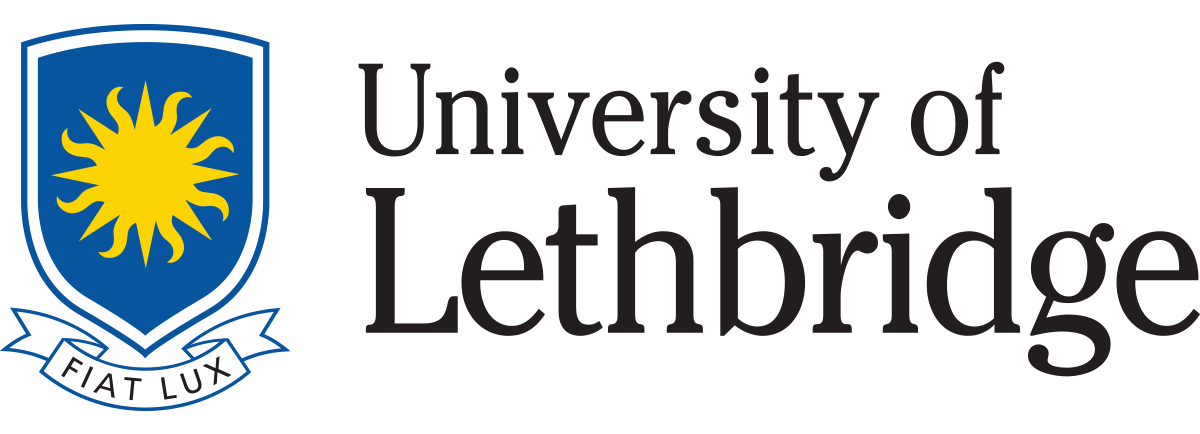Harding JS.
Mahayana Phoenix: Japan's Buddhists at the 1893 World's Parliament of Religions. New York: Peter Lang; 2008.
WebsiteAbstractThe remarkable group of Japanese Buddhists who traveled to Chicago's Columbian Exposition to participate in the 1893 World's Parliament of Religions combined religious aspirations with nationalist ambitions. Their portrayal of Buddhism mirrored modern reforms in Meiji, Japan, and the historical context of cultural competition on display at the 1893 World's Fair. Japan's primary exhibit, the Ho-o, or phoenix, Pavilion, provided an impressive display of traditional culture as well as apt symbolism: for Japan's modern rise to prominence, for Buddhist renewal succeeding devastating Meiji persecution, for Mahayana revitalization following withering attacks of Western critics, and for Chicago's own resurrection from the ashes of the Great Fire. This book examines the Japanese delegates' portrayal of Mahayana Buddhism as authentically ancient, pragmatically modern, scientifically consistent, and universally salvific. The Japanese delegates were active, and relatively successful agents who seized the opportunity of the 1893 forum to further their own objectives of promoting Japan and its Buddhism to the West, repairing negative evaluations of the «great vehicle» of Buddhism, differentiating Japanese Buddhism from the Buddhism of other countries, distinguishing their tradition as the evolutionary culmination of all religions, and shaping modern Buddhism in Asia and the West.
«Conversations among representatives of the world's religions surely do not take place within a vacuum; the push and pull of global politics usually influences what gets said. So it is now and so it was as well in 1893 when some deeply concerned persons designed and attended the World's Parliament of Religions in Chicago. John S. Harding's account of Japan's Buddhist representation at that confab puts not only what was religious but also what was geo-political and even downright promotional into a fascinating narrative and very valuable analysis. Chicago was recovering from a terrible fire, Japan's Buddhists from criticisms at home, Japan as a whole from a period of self-isolation, and America from an image of being religiously parochial. A lot was at stake in 1893. This book deftly describes how these agendas converged during a unique, sometimes almost unimaginably bold meeting in mid-America in the late nineteenth century.» (William R. LaFleur, University of Pennsylvania)
 mahaphoenix.pdf
mahaphoenix.pdf 